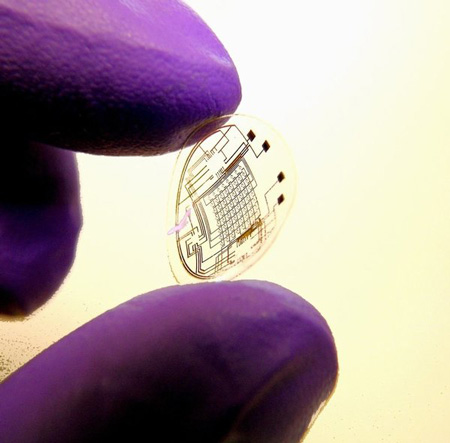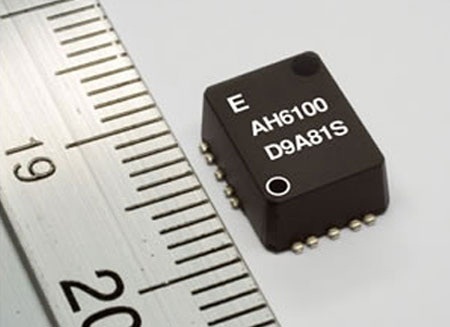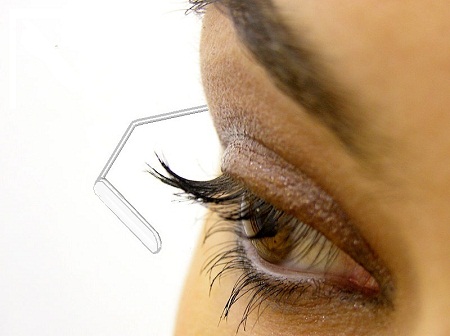I was having a dinnertime conversation this evening, and to everyone’s surprise the “liberals” and “conservatives” were in agreement about the nature of the problem afflicting kids in our inner city schools, and the reason it is such a difficult problem to tackle.
The key was not to use loaded phrases like “cycle of poverty”. In the United States you don’t need money to succeed. Money helps, but it’s not the essential differentiator. Rather, you need a kind of inner fire and enough of a belief in the system that you’ll learn what you need to learn, and then apply those skills. Yes, this is more difficult during a recession, but the relative situation stays the same. The kid with the motivation and focus, who builds skills over time, is going to be more likely to succeed as he or she grows up.
But there is another phrase that we all could agree on — “cycle of broken culture”. If the parents have no faith in the system, and sees no point in their child entering that system, then the child is far more likely to reject the value system of skill building and achievement that the schools are trying to offer.
So what to do? You can’t tell a parent “You have bad parenting skills, and we are going to take your child away and make sure what is broken in you does not become broken in your child.” Yet to solve the problem of alienated parents producing alienated children who grow up to repeat the cycle, you must give children some exposure to other ways of being that their parents might not be offering them.
I think there are ways to frame practical approaches to this problem that will make equal sense to both liberals and conservatives. More later.



